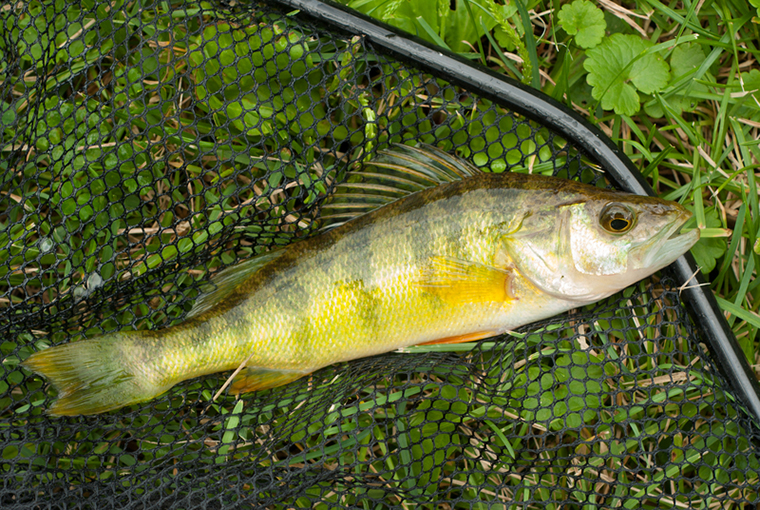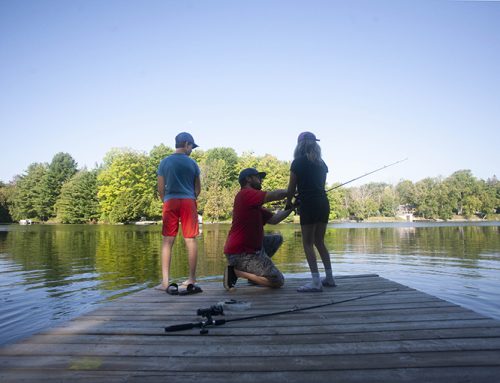
A perch-focused study examines water quality and fisheries tradeoffs in a changing Lake Erie climate.
Dr. Stuart Ludsin, a professor at Ohio State University and co-director of the school’s Aquatic Ecology Laboratory, co-authored the study, which compared commercial perch harvest with nutrient levels in the lake and the size of the dead zone.
The latter refers to an area with little oxygen at the lake bottom, driven by algae decay and warmer waters. The dead zone in western Erie has been growing in recent years with warmer temperatures and increased decay of organic matter, fuelled by increased temperatures, higher nutrient levels, and invasive mussels.
Higher nutrient levels in the water support greater algae production, Ludsin said. This drives increased levels of invertebrates that feed on the algae, which perch eat.
Zooplankton benefits perch
“In the case of yellow perch, we feel that enhanced zooplankton — microscopic animals that live in the water column and feed on phytoplankton — likely benefit yellow perch more than the production of benthic (bottom-dwelling) macro invertebrates, such as aquatic insect larvae that produce midges and mayflies,” he said.
Other research has shown perch don’t like to spend long periods of time in water with low oxygen, he added. The fish will move higher in the water column or closer to shore if there is low oxygen at the bottom. Ludsin said perch can do this because they live in warmer temperatures than walleye or lake whitefish.
Asked if the recent efforts to reduce nutrients in Lake Erie could be the reason for lower perch numbers, Ludsin said he is looking into that. Currently, they believe the reduced perch catch could be due to one, or a combination of four factors: climate warming reducing reproductive success, the growing dead zone impacting the health of reproducing fish, invasive white perch feeding on yellow perch eggs, or the large walleye numbers reducing perch recruitment. At this point, Ludsin doesn’t believe the nutrient loading has dropped enough to impact perch numbers.






Leave A Comment